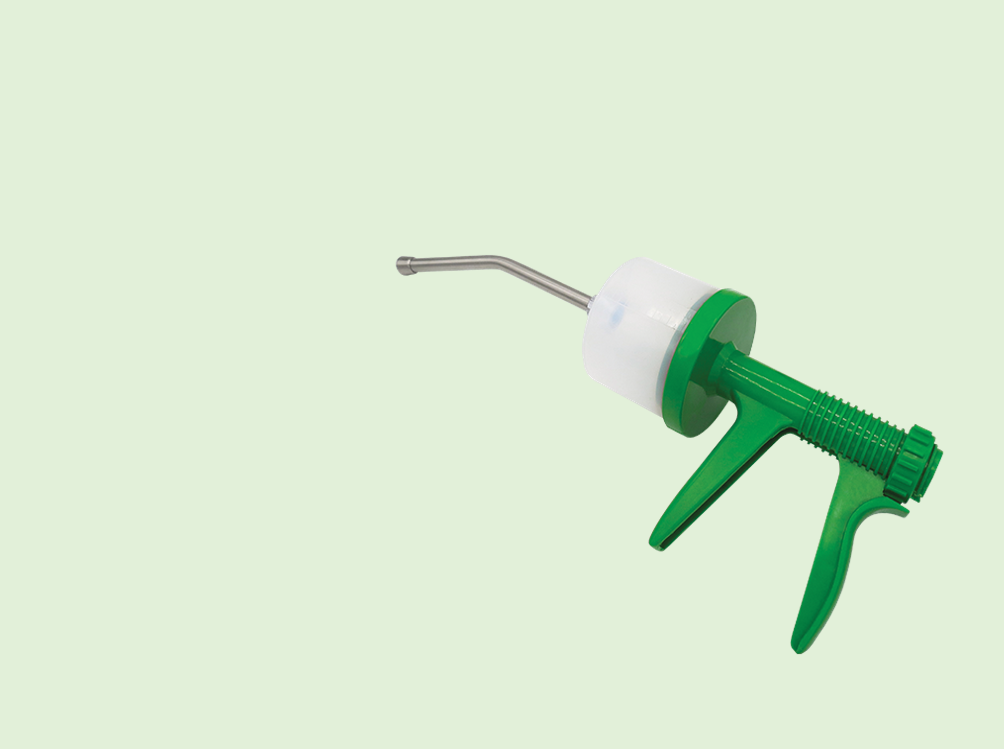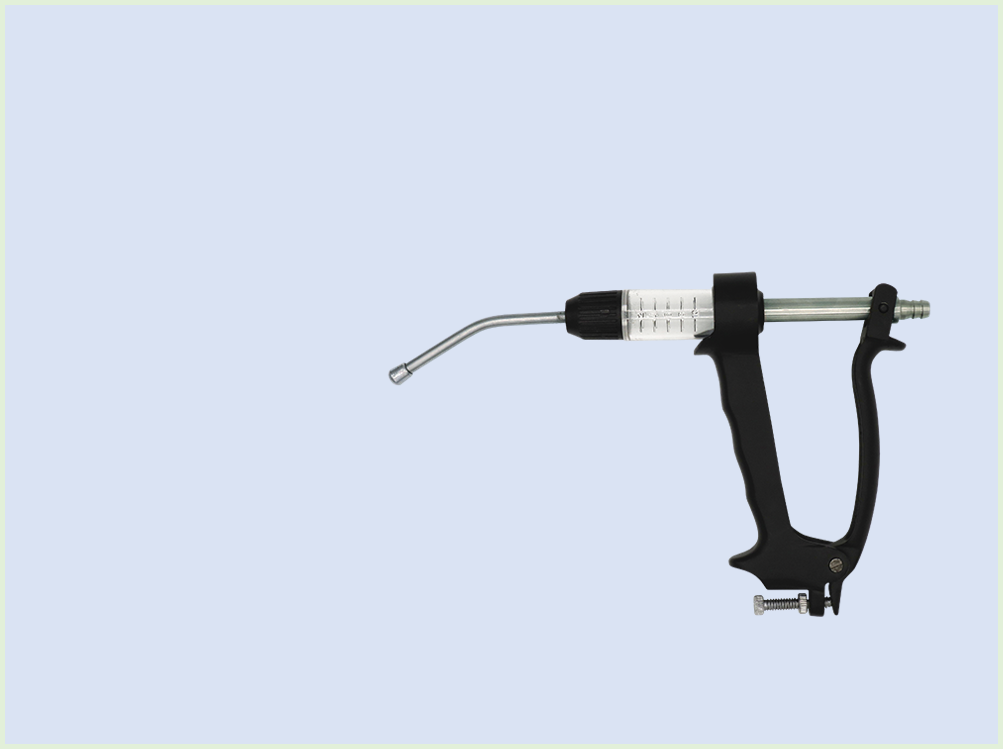Syringe drenchers, their types and applications in livestock such as cattle, cows
Definition:
Drenchers are equipment used by veterinarians or farmers to administer various types of medications (e.g. against endo- and ectoparasites) to animals and to provide daily feeding to young animals that cannot feed themselves.
Categories of syringes:
Syringes can be categorized as follows:
1) Size
2) Operating techniques
3) Manufacturing material
4) Application
By size:
There is a wide range of sizes of syringes depending on the application, the animal species and the drug consistency used (thick or thin). Typically, syringes can be categorized as follows depending on the application and animal species:
a) Birds:
10ml-50ml drenchers or feeding syringes are used in avian species, eg pet birds. They can be fitted with feeding spoons or feeding needles at the front with luer lock or threaded attachments, used in very young birds.
b) Dogs and cats:
20-70ml drenchers with long hook nozzles are mainly used for feeding young dogs and cats. They are used not only for administering medication, but also for normal daily feeding.
c) Farm animals:
For livestock, there is a wider range of drenchers from 30ml-500ml. For small ruminants such as sheep and goats, they vary from 30ml-100ml, while for large animals they range from 200-500ml, depending on the needs of the animals.
according to operating technology:
Syringes can be divided into two categories according to their operating technique.
a) Manual syringe :
Manual syringes are used in daily operations with livestock. As the name suggests, they are manually filled with liquid medicine or feed and administered to the animal through the blunt nozzle. They must be filled one at a time and administered to the animals individually. They are ideal when dealing with a smaller number of animals. A typical manual syringe and its components are shown in the figure below:

Illustration: Manual syringe
b) Automatic syringe feeder :
As the name suggests, they offer enhanced functionality compared to manual syringes as they are able to automatically refill medicine from a canister. The operator does not have to worry about constantly refilling the medicine and can focus on treating multiple animals in a shorter period of time. They are often equipped with a plastic tube and a spring that keeps the tube straight and ensures a consistent flow of medication without clogging.  Illustration: Automatic input sprite made of metal
Illustration: Automatic input sprite made of metal
Manufacturing material:
Syringes can be divided into plastic or metal devices depending on the material they are made from, which determines their durability and functionality.
a) Plastic Drencher :
Plastic drenchers are made of durable plastic, making them relatively lightweight and cost-effective compared to metal drenchers. They are suitable for larger dairy and beef farms where drenchers need to be replaced regularly. The dosage can be adjusted from 30-500ml, they are very durable and can be sterilized at 120°C.
b) Metal Drencher :
In metal drenchers, the body and piston of the drencher are made of durable metal, which ensures smooth operation, easy handling and long life of the drencher. The parts are replaceable to keep the drencher operational. They are mainly recommended in sheep or goat farms where a small capacity of the drencher is desired and durability and smooth operation are required.
Please find out about our high-quality range of injection syringes/drenchers directly from the manufacturer. syringes- VETAWAN


